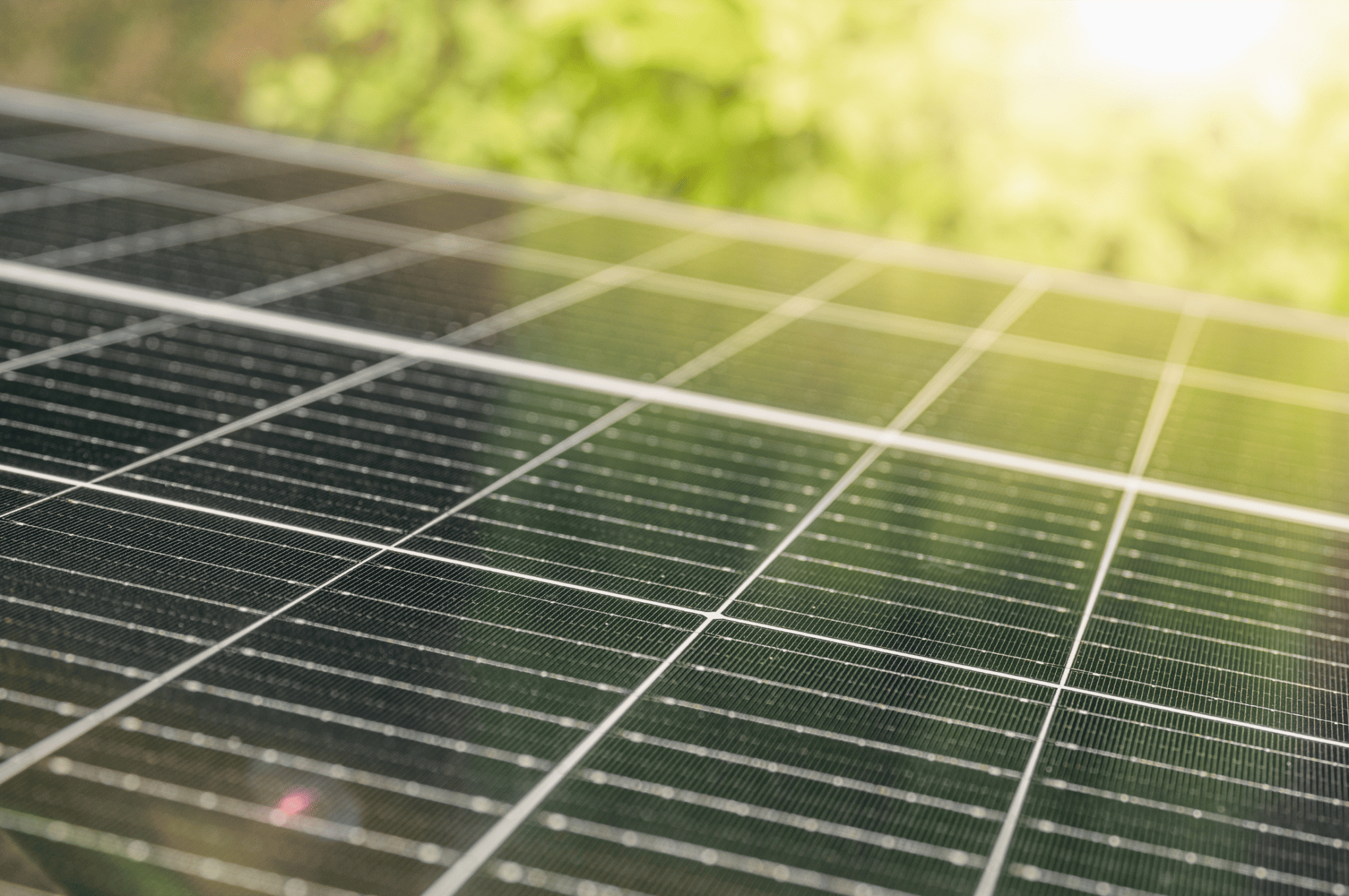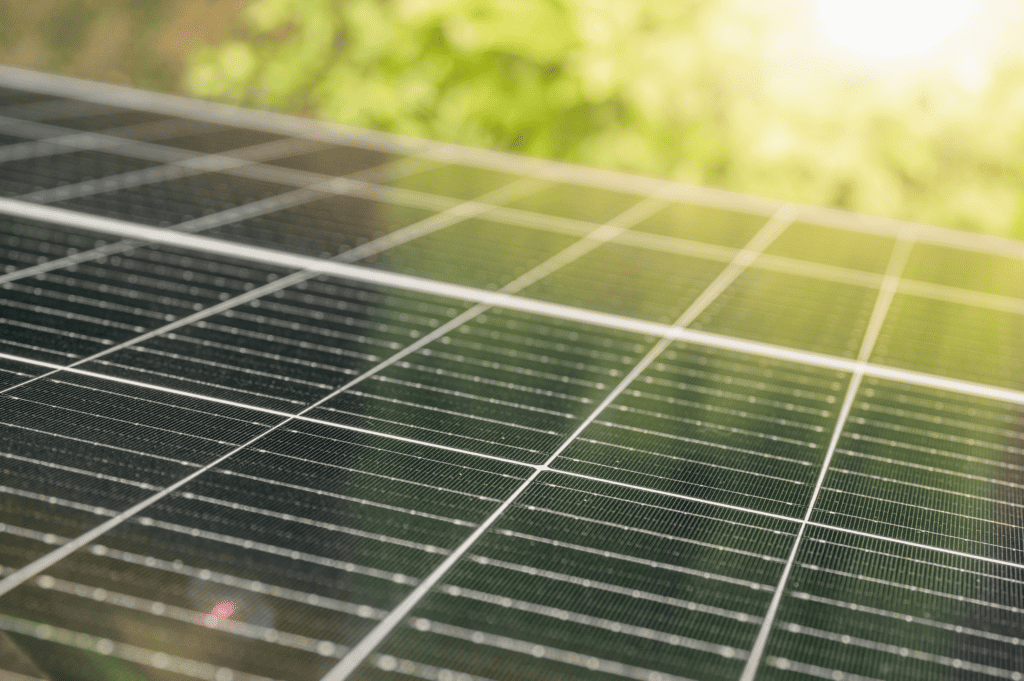

Client Intro & Project Brief
The climate crisis is increasingly becoming a factor in everyday decision making for businesses and homeowners alike and has resulted in many homeowners exploring more sustainable alternatives to powering their homes, such as solar panels. In this case study, we explore the successful installation of 80 free-standing solar PV panels on land associated with the client’s dwelling. The client hopes to gain sufficient power to make his property self-sufficient in terms of electricity demand.
We made a full planning application for 40 PV panels (4 rows of 10), measuring 12.34m x 12.55m have already been installed on-site and a further 40 PV panels (4 rows of 10), measuring 12.34m x 12.55m to be sited alongside the existing array.
Site Description
The application site is a house located in the open countryside in Hognaston within the Derbyshire Dales. The contemporary dwelling is located within a generous plot bounded by countryside. The parcel of land is at the west of the site, where a solar PV array has already been installed. The area of land can be effectively screened from any neighbouring uses.
Design Concept of the Solar Panels
We worked with the design and construction team to site the proposed array in a location which would have the least impact. The array is sited in the southwestern corner of the site, bounded by existing mature boundary hedgerow planting to ensure it is not visible from neighbouring properties.
Key issues raised
Visual Intrusion: The Tree and Landscape Officer raised concerns regarding the open location of the solar array potentially being visually intrusive. However, the topography of the site and existing natural screening ensures that there is no adverse impact on the character and appearance of the countryside or neighbouring amenities.
Project Outcome
Mitigation of climate change impacts: The development and installation of these solar panels provides renewable energy, contributing to reducing the homes’s overall CO2 emissions
Self-sufficient power: The generation of 435W with a maximum 21.8% module efficiency will provide a significant contribution towards powering the house, which already contains an efficient heating and cooling system. This will also result in a significant cost saving for the client.
Key Contact: Andrew Stock, Associate Director
Project Team: Andrew Stock & Megan Askham – Planning
Tina Humphreys – Architecture


